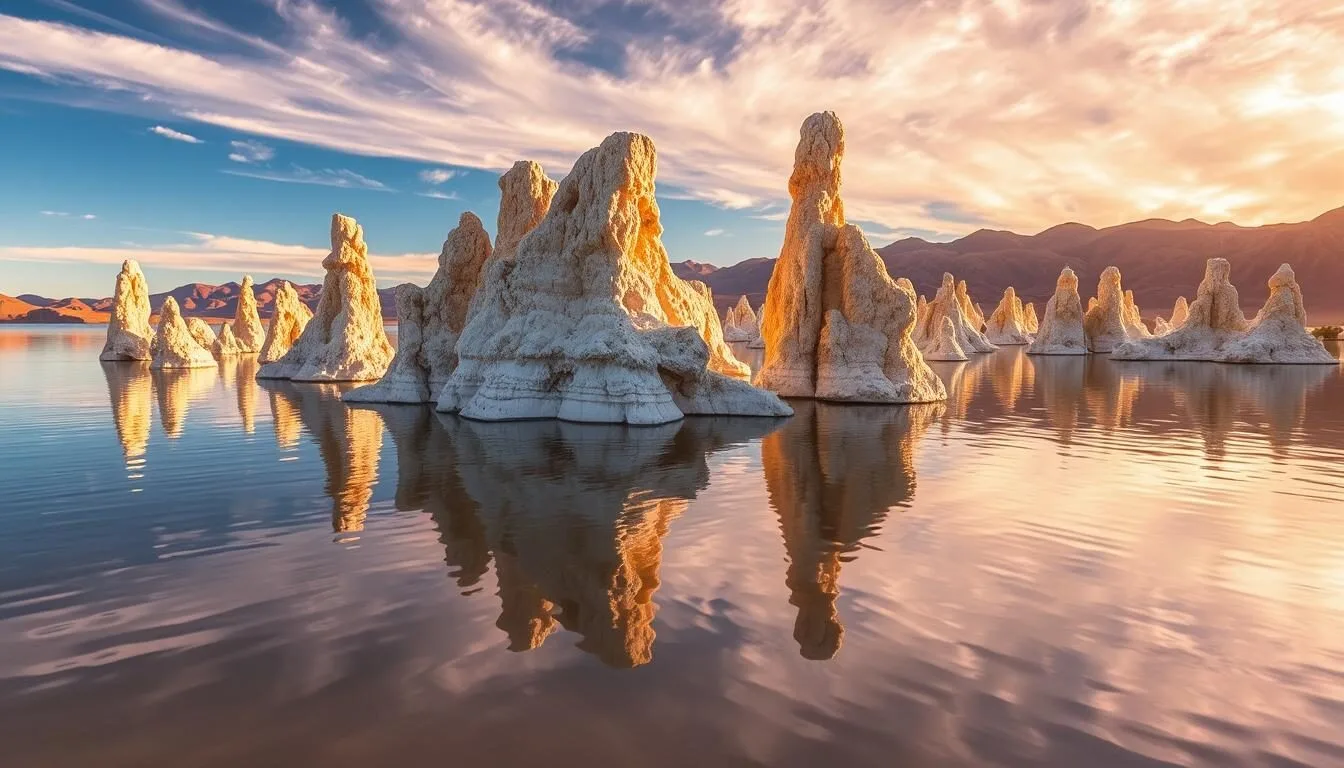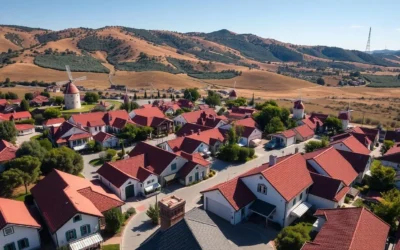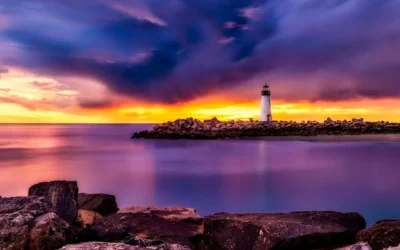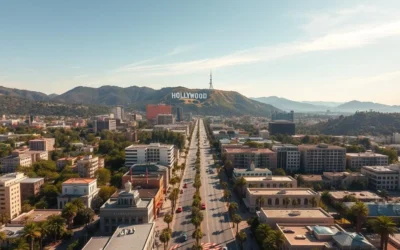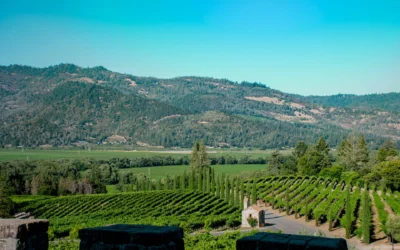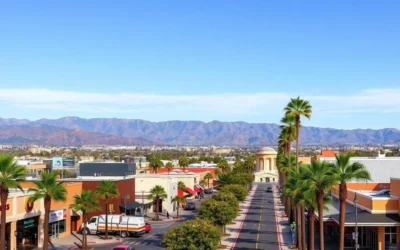Imagine standing on the shores of a million-year-old saline lake that’s been a subject of fascination for scientists and travelers alike. Mono Lake, covering over 70 square miles, is a natural wonder that boasts an otherworldly landscape, thanks to its unique tufa formations and alkaline waters.
This Eastern Sierra destination is a magnet for photographers, nature enthusiasts, and outdoor adventurers. As you plan your trip, you’ll discover why Mono Lake is a critical habitat for numerous migratory bird species and a perfect spot for exploring scenic hiking trails and prime photography spots.
With its striking visual appeal, often described as “landing on the moon,” you’ll be eager to explore the best things to do in this remarkable area.
Discovering the Unique Wonders of Mono Lake
As you approach Mono Lake, you’ll be struck by its otherworldly landscape. This ancient saline lake is renowned for its unique ecosystem and striking tufa formations.
The Ancient Saline Lake and Its Ecosystem
Mono Lake is a saline lake with a distinct ecosystem that supports a variety of wildlife. The lake’s water is rich in carbonates, which combine with calcium from freshwater springs to form limestone tufa towers.
The Fascinating Tufa Formations
The tufa formations at Mono Lake are a marvel. These oddly shaped limestone structures can grow up to 30 feet tall when submerged in the lake’s water but stop growing once exposed to air. You can:
- Marvel at the otherworldly tufa formations that give Mono Lake its moon-like appearance.
- Understand the scientific process behind tufa formation and how they create a photographer’s paradise.
- Learn why these formations are fragile and need to be preserved.

Exploring South Tufa Area – Must-See Attraction
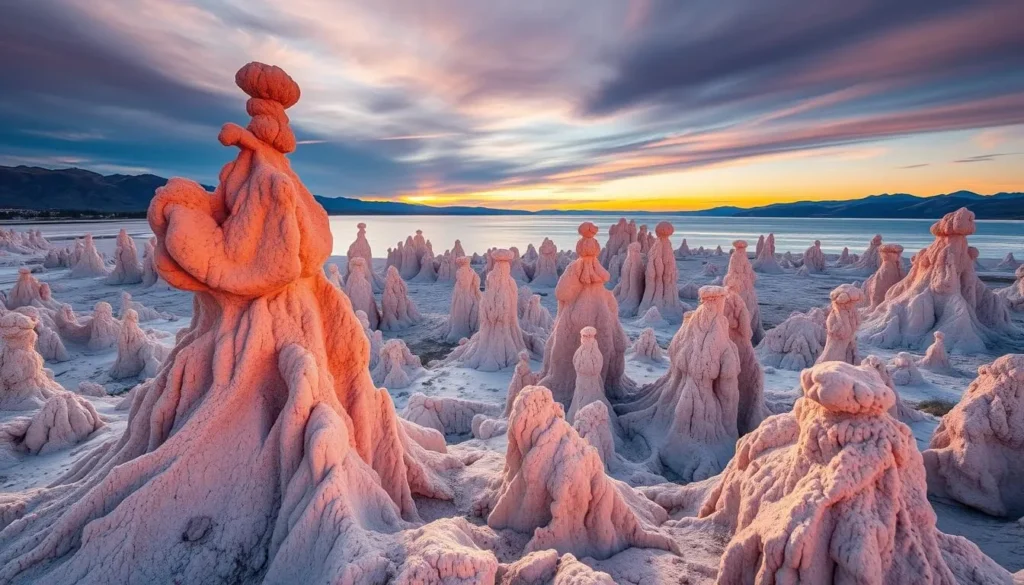
The South Tufa Area at Mono Lake is a unique geological wonder that attracts visitors from all over the world. With its striking tufa formations, this area is a highlight of any Mono Lake visit, offering breathtaking views and excellent photography opportunities.
Walking the South Tufa Trail
As you walk along the South Tufa Trail, you’ll be surrounded by the lake’s surreal landscape. The trail is relatively short, making it accessible for visitors of all ages. During your walk, take your time to appreciate the intricate details of the tufa formations and the surrounding ecosystem.
Best Times for Photography
The South Tufa Area is a photographer’s paradise, with both sunrise and sunset offering spectacular opportunities. The early morning light creates a magical glow on the eastern side of the tufa formations, while sunset bathes the western faces in warm golden light. During the summer, the long daylight hours provide ample time for taking photos, and the blue hour just before sunrise and after sunset adds a dramatic touch to your photos.
To avoid crowds during peak summer months, consider visiting during weekdays or at sunrise when fewer people are present. This will give you a better chance to capture the beauty of the South Tufa Area without distractions.
Birdwatching Paradise at Mono Lake
As you visit Mono Lake, you’ll discover it’s a haven for birdwatchers. The lake’s unique environment makes it an ideal location for spotting a wide range of bird species throughout the year.
Migratory Bird Species to Spot
Mono Lake is a critical stopover for many migratory birds. You can expect to see species such as the Osprey, American Avocet, and various types of gulls and sandpipers. The area around the lake is also home to nesting colonies of California Gulls on the islands.
Prime Viewing Locations and Seasons
The best time for birdwatching at Mono Lake varies by season. During spring and summer, the County Park on the north shore is ideal for viewing nesting gulls on the islands. In contrast, Navy Beach offers perfect conditions for observing shorebirds during migration periods. Early morning is typically the best time of day for birdwatching, as it’s when birds are most active.
| Location | Best Time | Birds to Spot |
|---|---|---|
| County Park, North Shore | Spring, Summer | Nesting Gulls, Osprey |
| Navy Beach | Migration Periods | Shorebirds, Sandpipers |
| Mono Lake Shores | Early Morning | Various Migratory Birds |
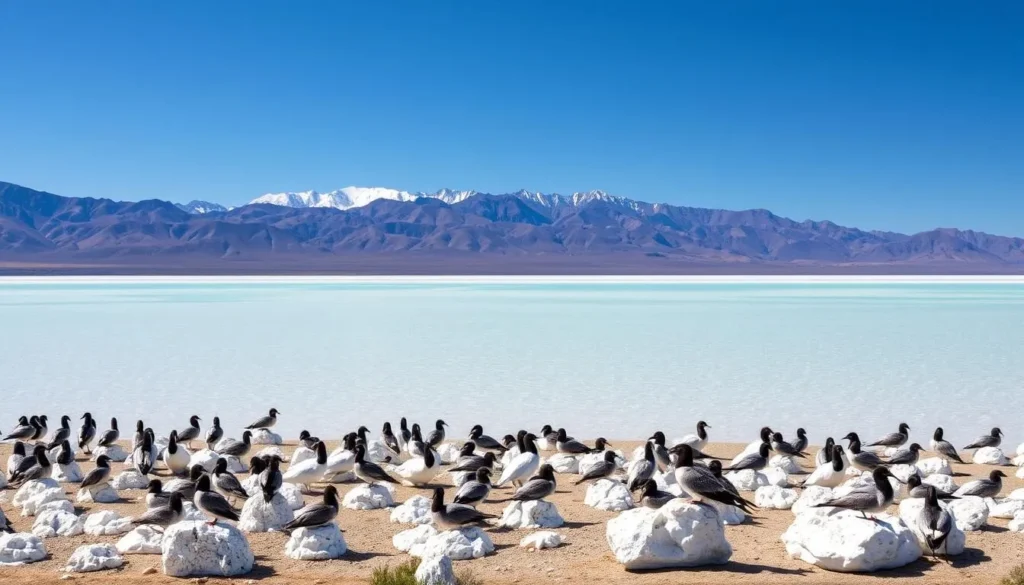
Scenic Hiking Trails Around Mono Lake
From easy strolls to more challenging hikes, Mono Lake’s scenic trails offer something for everyone, with stunning views of the lake and its tufa formations. You’ll have the opportunity to explore the unique geological features and diverse ecosystems surrounding the lake.
Panum Crater Trail
The Panum Crater Trail is a unique hiking experience that takes you through a volcanic crater and offers panoramic views of Mono Lake. This trail is a must-visit for those interested in geology and the natural history of the area.
Black Point Fissures Hike
For those looking for a more rugged experience, the Black Point Fissures Hike provides an opportunity to explore the area’s volcanic history and enjoy the scenic views of the lake from a different perspective.
Mono Lake Boardwalk Trail
The Mono Lake Boardwalk Trail is a family-friendly, paved path that connects the Visitor Center to the shoreline, offering spectacular views and educational signs along the way. This 0.7-mile gentle trail is suitable for visitors of all abilities, including wheelchair users.

Mono Lake, California: Best Things to Do – Top Picks for Photographers
Photographers flock to Mono Lake for its surreal landscapes, exceptional lighting, and the opportunity to capture rare astronomical events. The lake’s unique tufa formations and vast, still waters offer a myriad of photography opportunities, from capturing the perfect sunrise or sunset to shooting the night sky.
Sunrise and Sunset Photography Spots
The hours around sunrise and sunset are particularly magical at Mono Lake. The golden light enhances the textures of the tufa formations and reflects beautifully off the lake’s surface. You can capture stunning images by positioning yourself at the South Tufa area or along the Mono Lake shoreline.
Night Photography and Stargazing Opportunities
Mono Lake is renowned for its dark skies, making it an ideal location for night photography and stargazing. During the summer months, you can capture the Milky Way galaxy arching over the tufa formations. The still waters of the lake also provide a perfect reflection of the night sky, doubling the impact of your images. 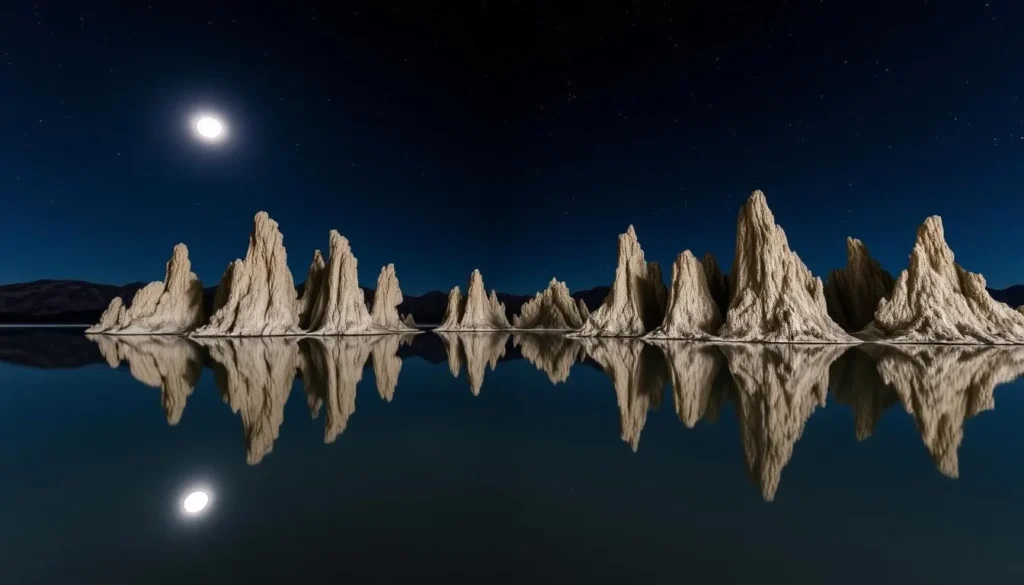
Whether you’re capturing the beauty of the lake during the day or the night sky, Mono Lake offers endless opportunities for photographers. With its unique landscapes and minimal light pollution, it’s a destination that will inspire your creativity and challenge your skills.
Where to Stay Near Mono Lake
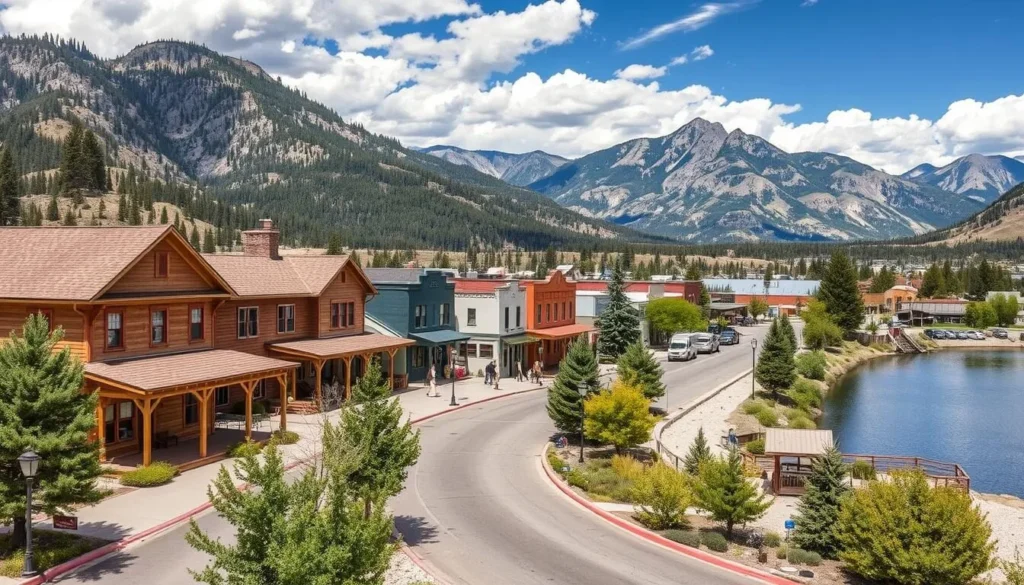
The area around Mono Lake offers various accommodation options to suit different preferences. Whether you’re looking for a comfortable hotel or a camping site, the region caters to diverse needs.
Lee Vining Lodging Options
Lee Vining, the gateway to Mono Lake, provides a range of lodging options. From cozy inns to budget-friendly motels, visitors can find suitable accommodations that fit their needs.
Camping Opportunities Around Mono Lake
For those who prefer camping, Mono Lake offers several options. Navy Beach along the southern shore provides direct access to the lake and is close to the South Tufa area. Another option is the Aspen Grove Campground, which operates during the summer and fall months when Tioga Pass is open.
Camping near Mono Lake allows you to enjoy stargazing opportunities and early morning access to photography locations, making it an ideal choice for nature lovers and photographers.
Practical Tips for Visiting Mono Lake
Before you head out to explore Mono Lake, here are some practical tips to keep in mind. Planning ahead will ensure a smooth and enjoyable trip.
Best Time of Year to Visit
The best time to visit Mono Lake is during the spring and fall when the weather is mild. Make sure to check the weather forecast before your visit.
Entrance Fees and Parking Information
There are fees associated with visiting Mono Lake. Be prepared to pay for parking, and note that some areas may have specific regulations.
What to Bring and Safety Considerations
Bring plenty of water to stay hydrated, especially in the dry desert climate. Wear comfortable shoes for walking along the shore and exploring the surrounding areas. Be mindful of the alkaline lake water if you’re planning to take photos or get close to the water’s edge.
![]()
Conclusion: The Timeless Appeal of Mono Lake
As you reflect on your visit to Mono Lake, the memory of its surreal landscape and breathtaking colors will linger, much like the impression of having walked on another planet. The colors of Mono Lake are absolutely breathtaking – from turquoise to teal depending on the light and time of day you visit.
The unique tufa formations and the lake’s otherworldly beauty have captivated visitors for generations. Conservation efforts continue to restore water levels and protect the critical habitat for millions of migratory birds, ensuring the lake’s ecosystem remains healthy.
A visit to Mono Lake offers more than just scenic views; it provides a deeper connection to geological processes and environmental stewardship. You can experience diverse activities throughout the year, from summer bird migrations to winter’s stark beauty. Plan your return trip to explore different seasons and lighting conditions, and discover why Mono Lake remains one of California’s most distinctive natural treasures.
